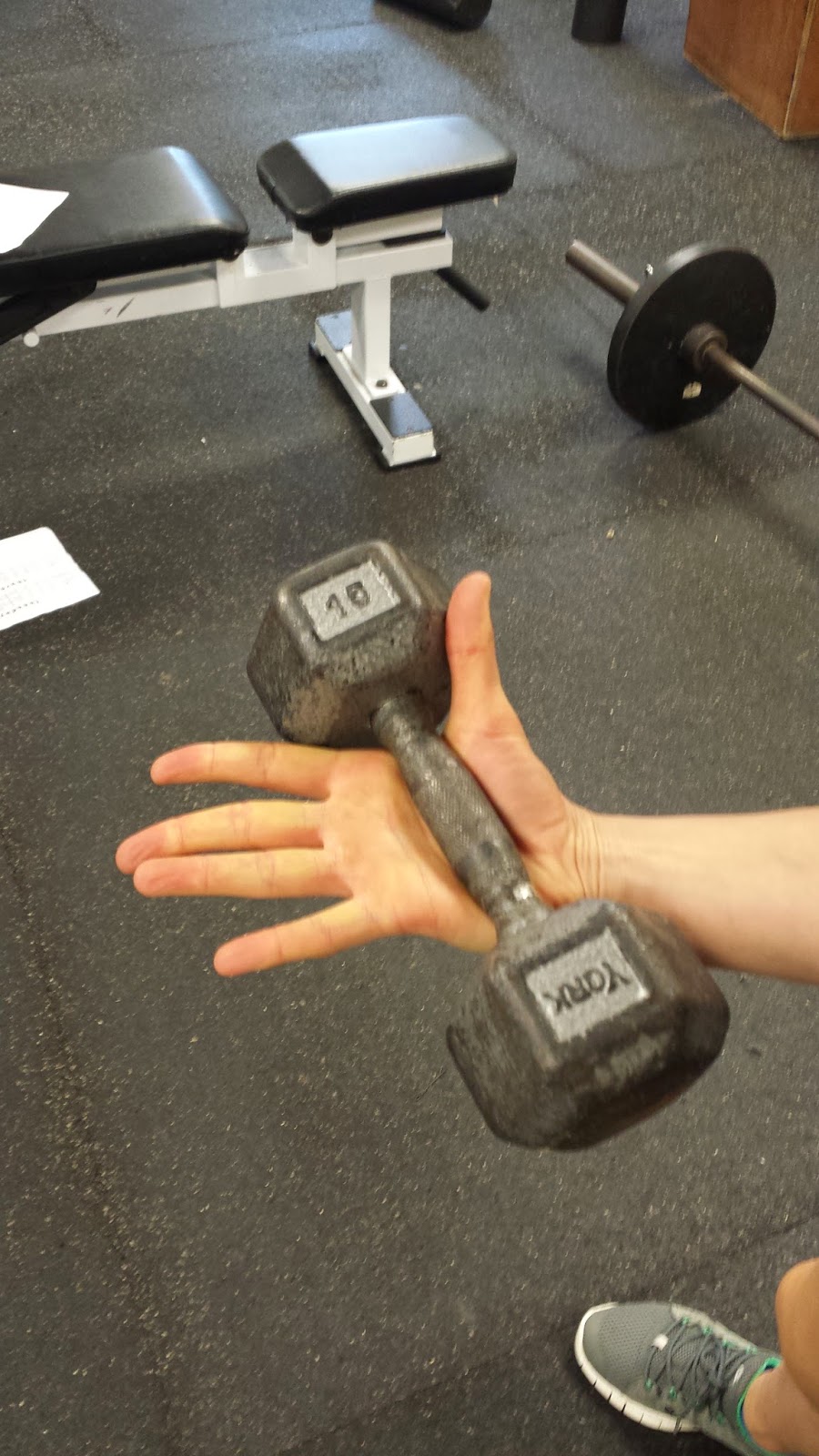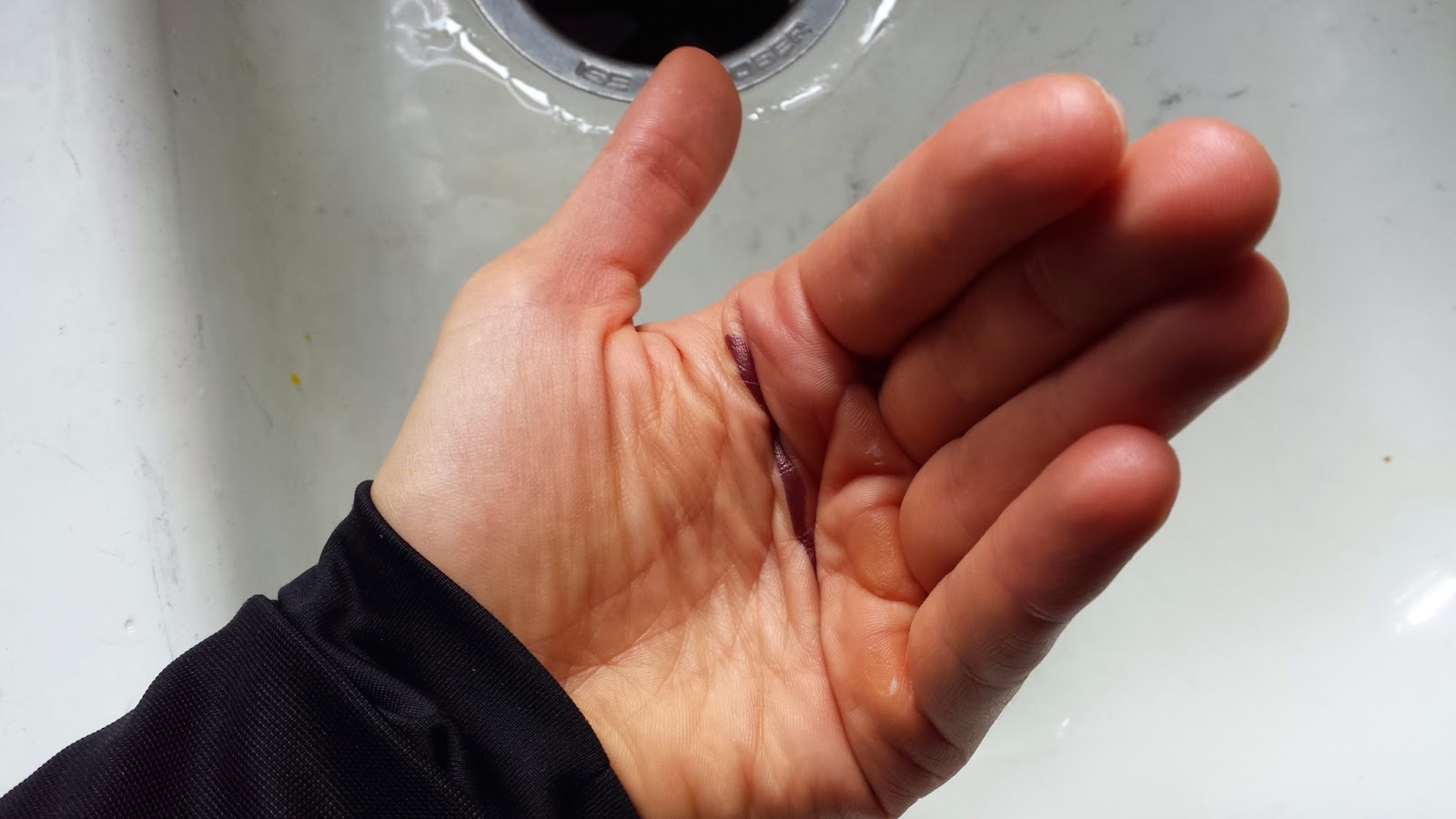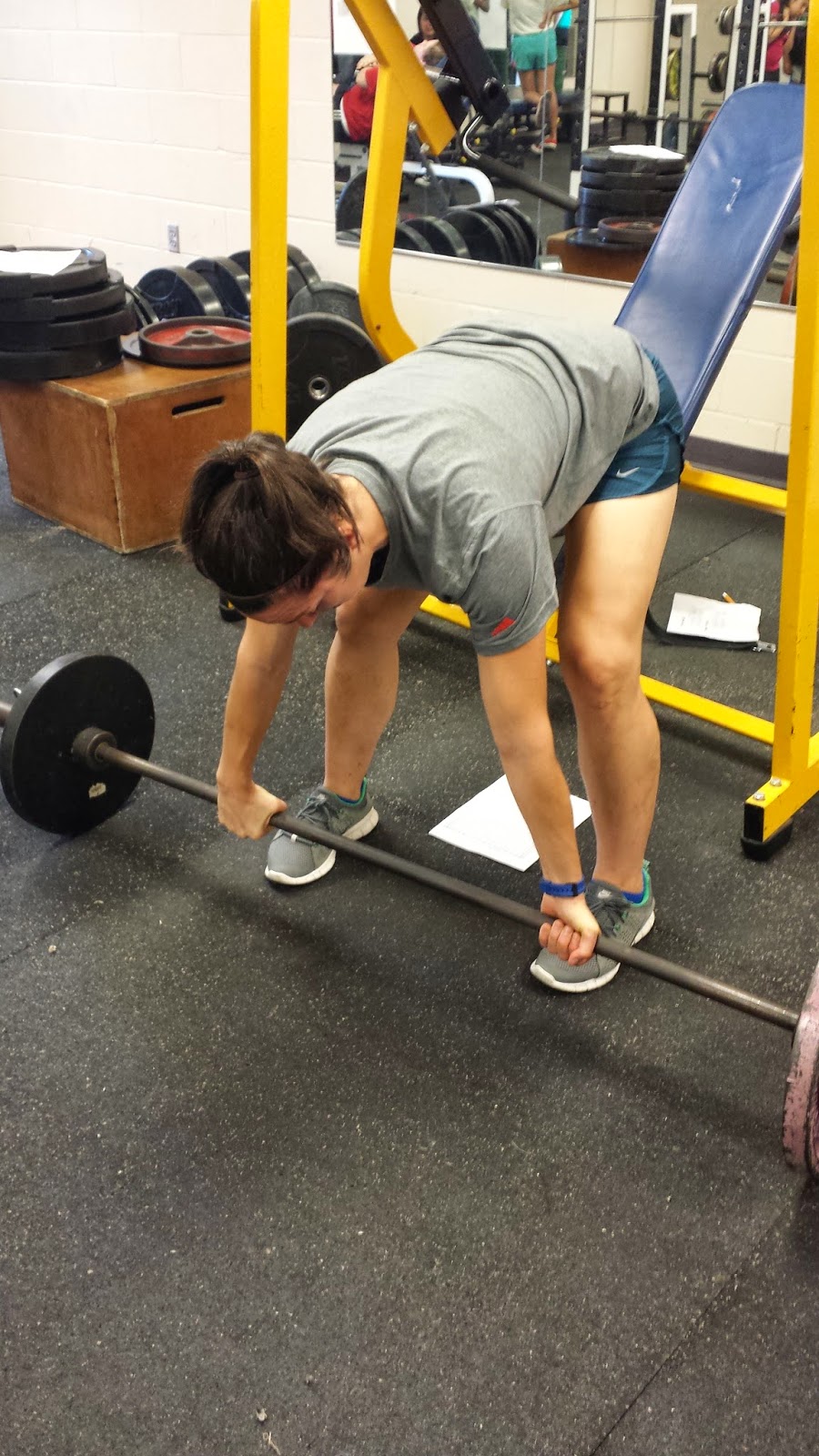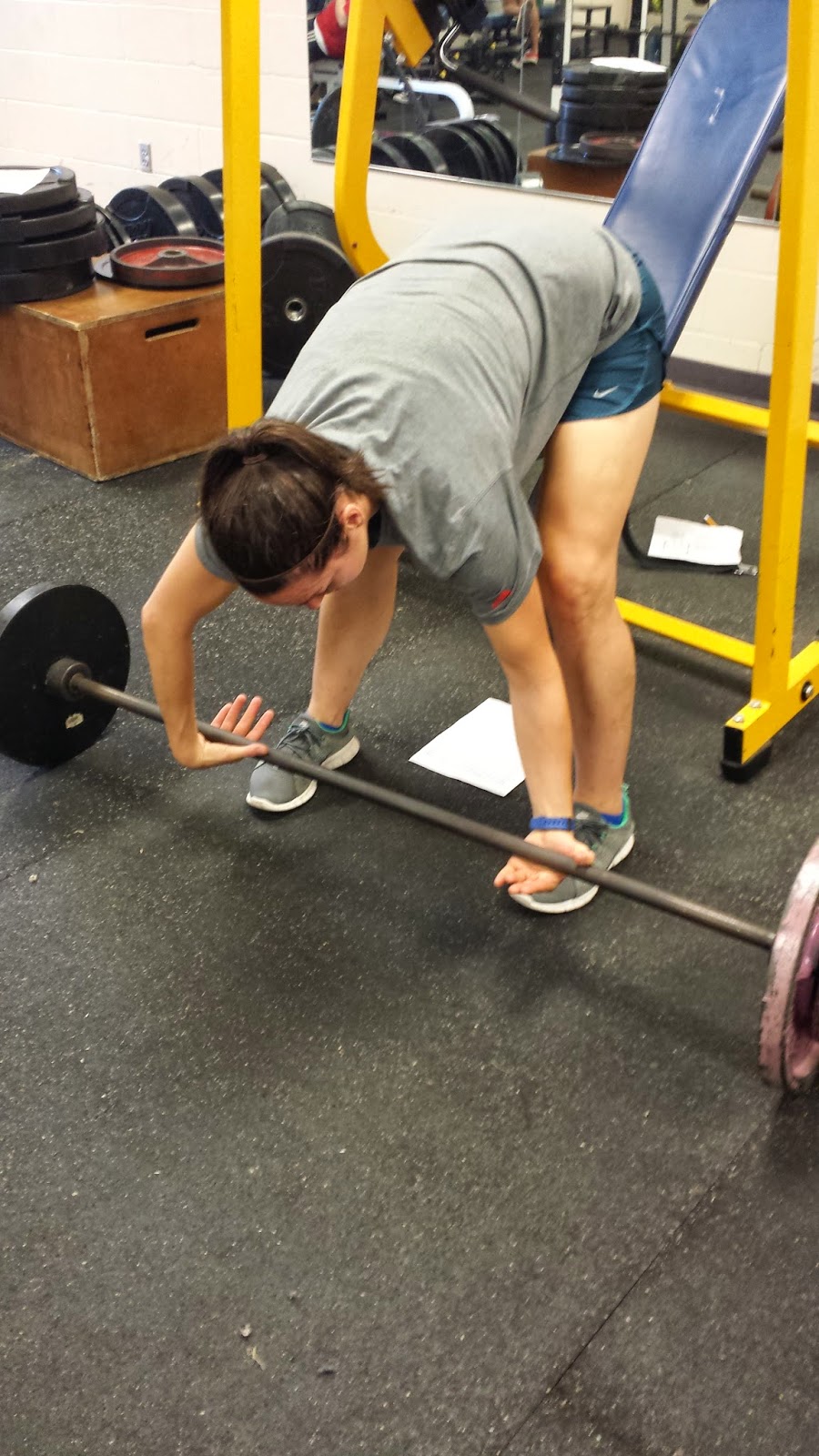Grips and Hangs
The nuances of gripping are often overlooked. We see something, we grab it, we put it somewhere, we let it go. It’s a simple process. Thank you opposable thumbs. You make us great.
Still, for the sake of continued improvement and open-mindedness, is it possible there is a better, more thoughtful way of holding things? If hands are like feet (and they are), gripping correctly turns on all the right arm, shoulder, and back musculature to assist you with your lift.
DUMBBELLS (INCORRECT):
The picture on the left uses a high hand grip. The bell rests where the fingers meet the palm. Your fingers are the limiting factor here. You can’t build hand strength when you’re not using your hand.
The middle picture grips without the strength of the thumb. They make us great, remember? Use them.
The picture on the right is in neutral position, or palms facing inward toward your body. This is a typical grip for hammer curls. (Think karate chop). By having the top bell resting on your hand, your ‘cheating’ yourself out of grip work by using the implement shape to your advantage. The same concept can be applied to using rope pulleys. ‘Resting’ your hands on the knobs minimizes hand work. You leave yourself open to inefficient form and compensation.
1. too high on hand 2. no thumb 3. too high on implement
DUMBBELLS (CORRECT):
Line where bar should lie, just below finger pads. You can also find it by flexing fingers upward at the knuckle. Your grip line and palm crease should be one in the same.
1. Dumbell should rest in middle of palm.
Bird’s eye view of knuckles up positioning.
2. When closed, the thumb should wrap around the fingers. The wrist is slightly flexed. Knuckles up, especially when pressing bars and dumbbells upward (like bench pressing!).
3. Hand positioning should be opposite the ‘work phase’ of the movement. Since the hammer curl moves the dumbbell up against gravity, grip placement should be down towards the bottom.
DEADLIFT MIXED GRIP:
Fingers of your dominant hand face you. Fingers of your weaker hand face out. This creates a torque in the bar to help lift heavier weights.
A. B. C.
HANGS:
The ultimate grip builder and shoulder saver. Same mid-palm grip as marked above, but curl pinkies around first. The pinkies are typically the weakest digit and the first to unfurl. Start securing self there.
Finally, no grip post would be complete without the mention of irradiation. This is the concept of squeezing the implement as hard as you can before you attempt to move it. It turns on all neighboring muscle groups to help elicit force globally. You can feel this for yourself by placing your hands at your sides. Make a light fist with your right hand. Note where you feel tension. Now squeeze that same hand. Hard. Harder. Even more. Now hold it. Feel your entire arm, shoulder, lats, and obliques light up? They are trying to be helpful. As a group they are much stronger then your hand could ever be. The body is meant to work as a unit.
TO REVIEW:
- Laxly holding onto objects limits your training stimulus and may set you up for injury
- Calluses highlight your usual grip line
- The main fold in your palm shows where linear objects should be held
- Knuckles up when the weight is above your waist, knuckles down when it is below your waist
- Hangs are HARD and a great show of grip strength relative to body weight
- Whatever you grab, squeeze it hard to maximize full muscular tension and force potential
Note 1: The same principals that guide pushing implements also pattern pulling implements. Grip handles in your hand, not your fingers. Rotate knuckles and slightly flex wrist to feel entire torso activate. This is especially pronounced when pulling one hand/side at a time.
Note 2: Do not attempt new grips at a maximal level. This is meant as an exploratory/trial variable to your training. The difference will be felt most in sub-maximal dumbbell and cable lifts. As always, if you don’t like it, don’t do it.
















